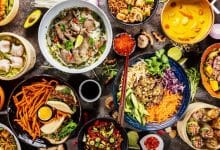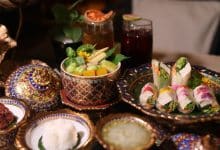Learn how to eat like a local – Thai table manner
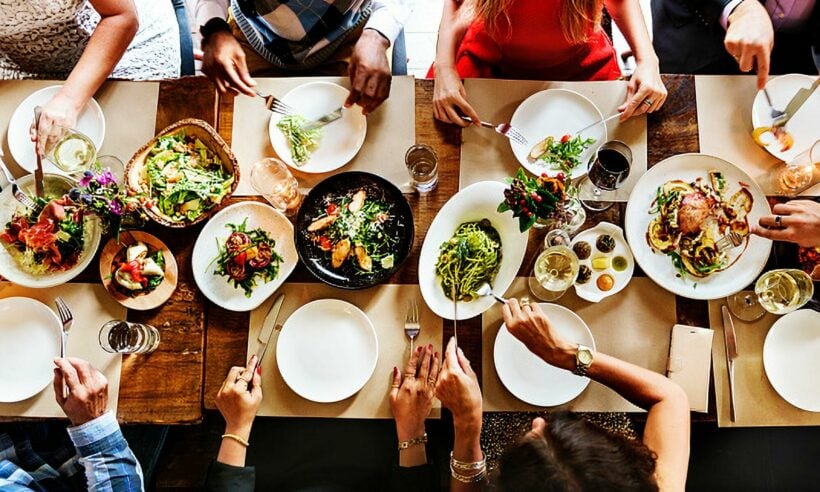
Like all cultures in the world, Thailand has its own customs and rules when it comes to eating. Whether you’re invited to dinner in a Thai local’s house, eating with new Thai friends, attending a business lunch with Thais, or dining in a Thai restaurant, it’s a great idea to pay attention and follow basic table manner. You don’t have to be nervous as most Thai people will forgive you for not understanding their customs. Still, following the common eating etiquette and showing a good table manner will definitely make you shine.
1. Wait until you’re seated
The seating etiquette in Thailand is a bit different from what you might be used to in the Western world. In Thailand, the most important or most senior person sits at the middle of the table, not in the “head” of the table like in the west. If you’re not sure where to sit, it’s best to wait until someone shows you your chair. This will save you from any awkward moment.
In Thailand, some houses or restaurants have low tables and cushions on the floor instead of chairs and tables. If you’re invited for dinner in someone’s house, and you’re seated on the floor, be careful about how you sit. You should always avoid showing your feet to anyone while they eat.
If you’re eating alone in a busy restaurant, you may have to share a table with other people. This is perfectly normal, and you don’t have to attempt to talk or interact with the other people at the table. You can act like you’re seated at a private table.
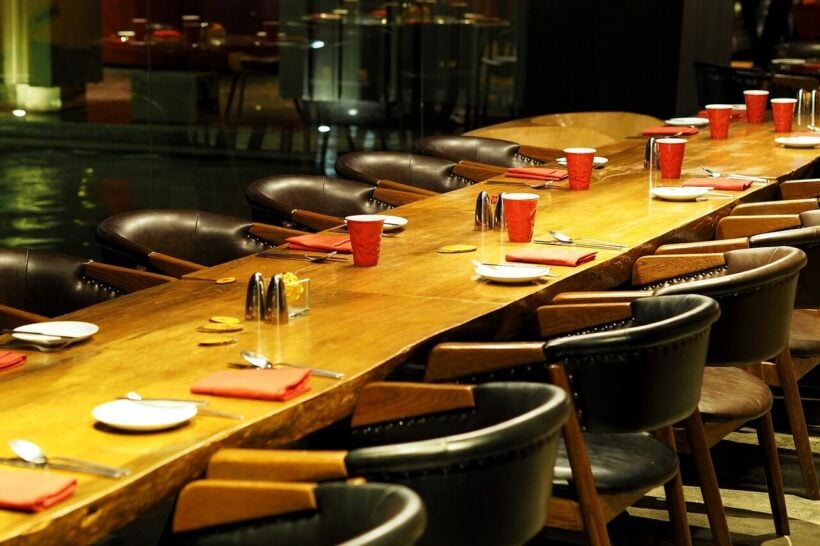
2. Food are often shared
Whether you’re eating with a group of friends or a formal dinner, there’s no such thing as individual dishes. All group meals in Thailand are shared. Therefore, when ordering in a restaurant, be sure to order a variety of dishes to share. This doesn’t mean that you shouldn’t order anything you want, but keep in mind that you will be sharing the dish with your group instead of eating it all by yourself. If you order something and you enjoy it, you can always order another plate later. In a more formal setting, the senior ladies at the table might choose the dishes for the group. If you want to eat something, you can ask the person ordering about it.
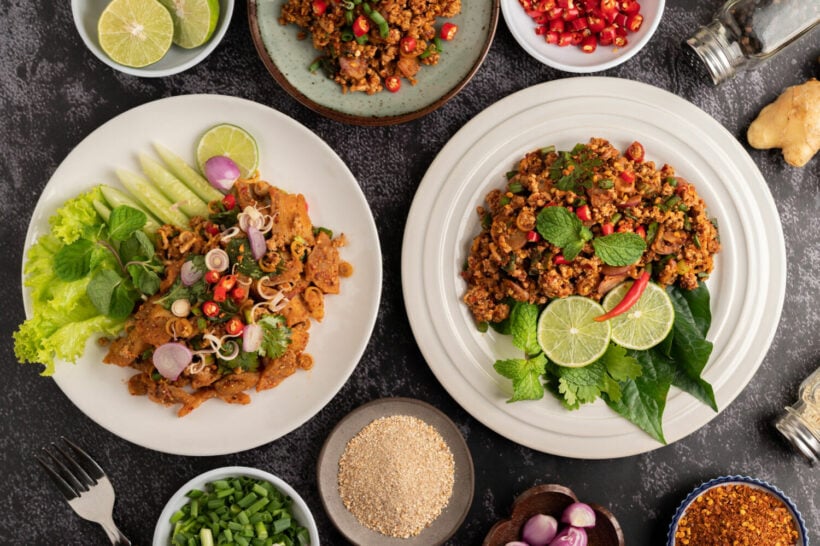
3. Be wary of new food
Eating like a local when in Thailand is something a lot of people want to do. However, it does take some time and training, especially if you can’t handle spicy food well. No one wants an upset stomach, so be sure to always choose your options wisely.
If you’re eating with a group, you don’t have to reach for dishes you think you can’t handle. Moreover, if you have special dietary restrictions and someone asks you to try something you can’t eat, it’s okay to politely decline their offer. Politely declining is better than leaving the food uneaten on your plate.
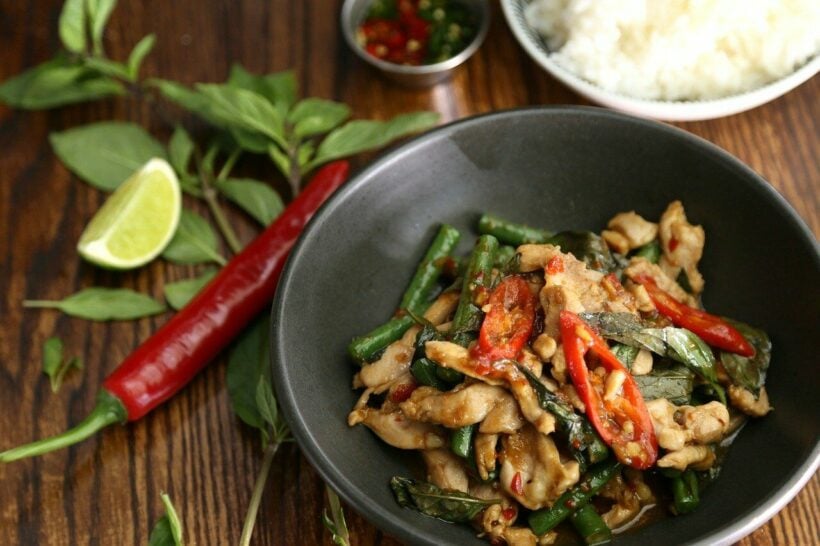
4. Don’t overindulge
A typical Thai meal may consist of rice, soup, a vegetable dish or salad, and, sometimes, a curry. The rice can either be served in the middle of the table or individually portioned in a plate/bowl. Condiments like chilli dips, fresh herbs, and raw vegetables are usually served on the side.
When all of the food arrives, you should only put small amounts of a few dishes onto your rice, don’t pile the dishes up! This is to make sure that everyone in your group has a chance to try each dish on the table. It’s considered rude to take too much of any item as it may prevent others from trying it. If you like something or you want to try everything, you can always refill your plate as many times as you want.
Although rice is a staple, you don’t really have to eat every grain of rice on your plate. Still, it’s a good idea to avoid wasting food. If there’s one last bit of food on the communal plate, try not to take it, especially if you are a guest. The last bit should be left for the host, who may offer it to the guests anyway.
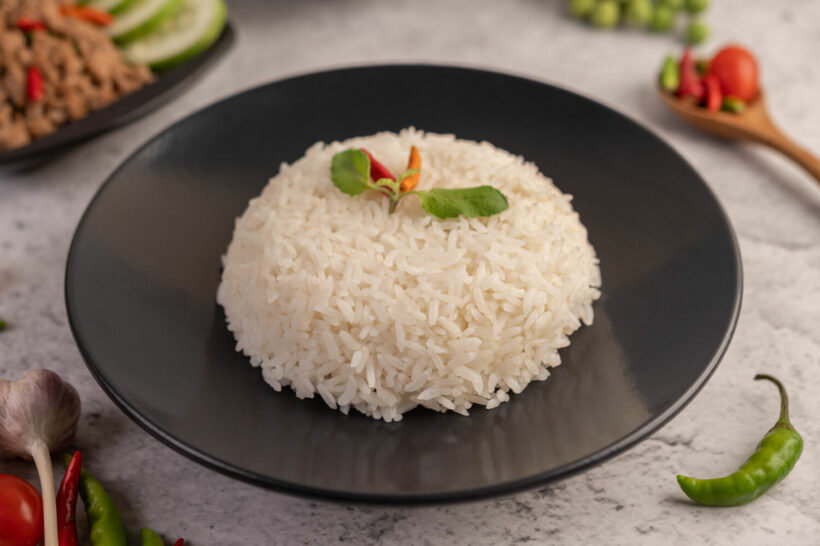
5. Chopsticks are not traditionally used in Thailand
Contrary to popular beliefs, chopsticks aren’t traditionally used in Thailand. You will only use chopsticks in Chinese or Japanese restaurants or when you’re eating standalone noodle dishes. Therefore, don’t ask for chopsticks if you’re eating rice-based dishes and meat.
The primary utensils in Thailand are spoons and forks. Hold the spoon in your right hand and the fork in your left. Since food is usually made in bite-sized pieces, knives aren’t necessary. However, if you need to cut food on your plate, you can use the side of your spoon to do it. The fork is mainly used to push food onto the spoon, so don’t put it into your mouth. The only time it’s okay to put a fork in your mouth is when you’re eating non-rice items, like chunks of fruit.
When you’re taking food from the communal plate or bowl, always use the large serving spoon and avoid using the spoon you’re eating with. Keep in mind that you should always take food from the side of the plate, not from the centre.
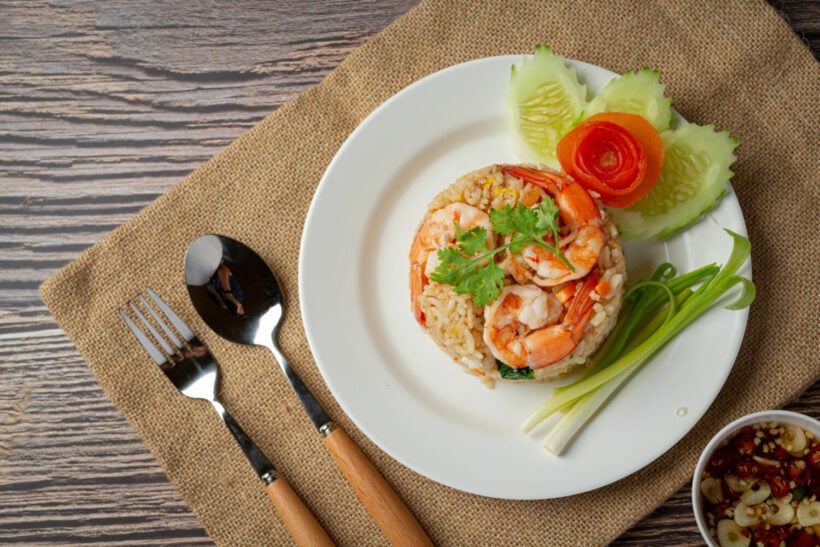
6. Avoid using your left hand
People in Thailand consider the left hand as the dirty hand. Thus, using your left hand to eat is an important table manner, especially when you’re eating items that are eaten with your hands, such as sticky rice.
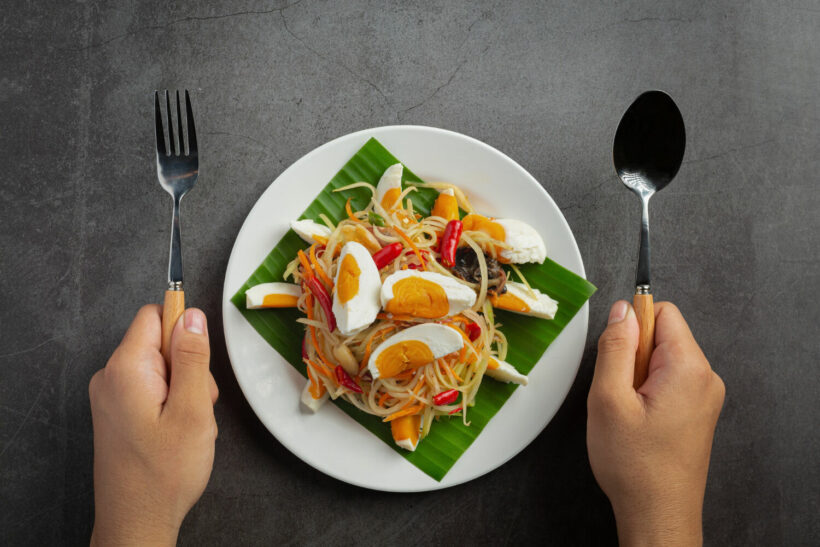
7. Adding extra sauces and seasonings is normal
Think the food is not salty or not spicy enough for your taste? You can add extra seasonings and sauces to your food to enhance the flavour and match it to your own taste. Unlike in high-end sushi and Western restaurants, you won’t insult anyone by doing so. In fact, an array of condiments, such as fish sauce, vinegar, and dried chilli flakes, will be served on the side.
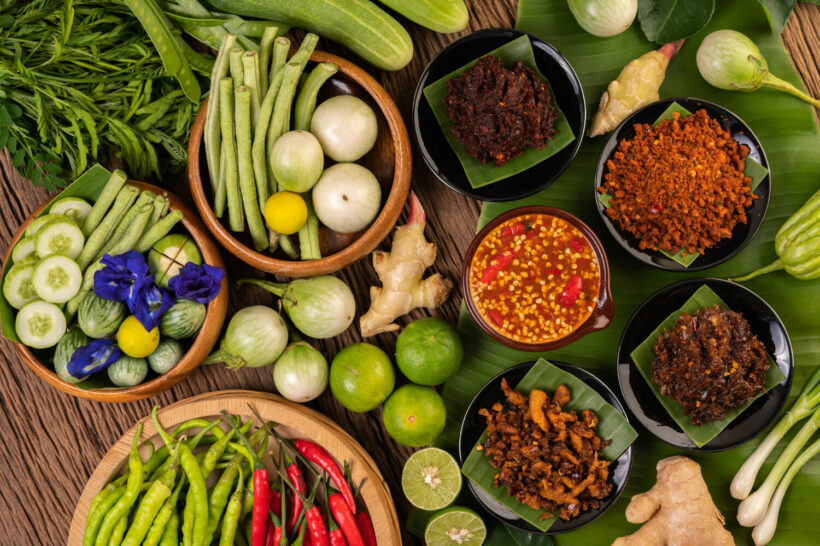
8. Wait for the most senior or highest-ranking person before eating
Like in many Asian countries, older people and those of higher social rank are deeply respected. Therefore, unless they signal that it’s time to eat, you shouldn’t begin to eat or drink until the oldest or the highest-ranking person at the table has begun eating.
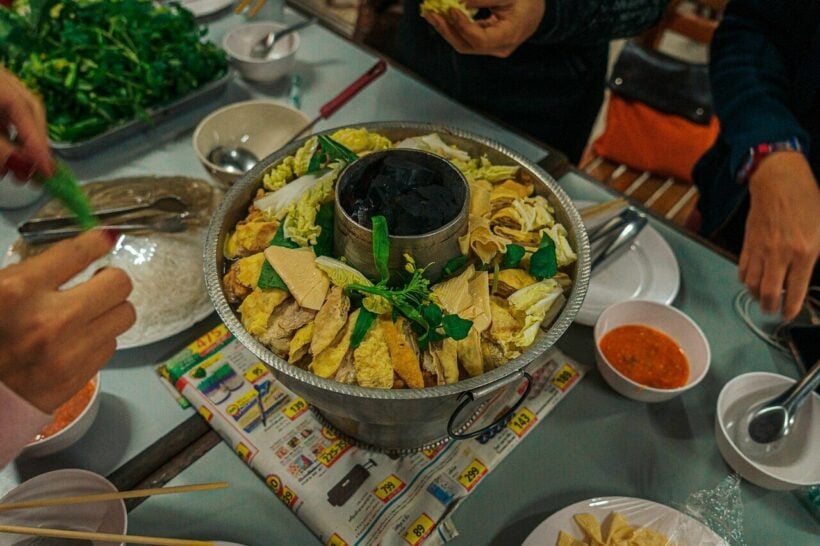
9. Take your time and enjoy your food
Thai people love to take their time to savour their food. The locals eat slowly, especially at dinner since it’s seen as a time to catch up with friends and family. That’s why you should also try to eat slowly and take in the whole experience of traditional Thai dining. Always be present, socialize, and don’t rush finishing your food.
When you’ve finished eating, place your spoon and fork on top of your plate. In addition, it’s a good manner to make sure that nothing is left on the table around your plate.
10. Paying and tipping
The one who does the inviting is usually the one to pay the bill, but guests are often expected to make an effort to pay. In certain situations, the most senior or the highest-ranking person at the table may be expected to pay. You can, of course, offer to chip in but never insist if your offer is declined. The custom between friends is more relaxed. In most cases, the group may split the bill.
Tipping is not mandatory in Thailand. It’s very uncommon to tip in street food stalls, but you can always allow the seller to keep the change if you want. If you want to tip in restaurants, be sure to do so out of sight.
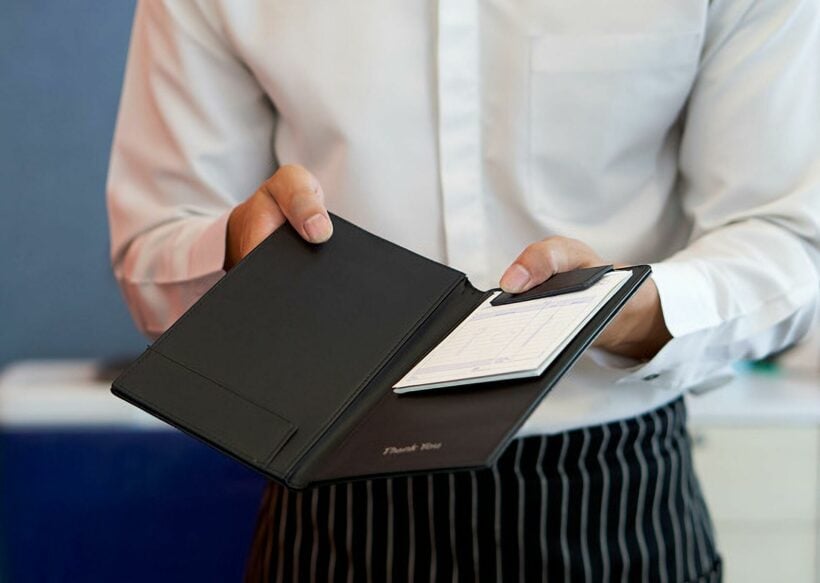
Following Thai table manner may seem like a lot, but don’t let the rules make you feel intimidated. It’s definitely okay to make mistakes. After all, they are merely guidelines, so don’t fret if you forget any of these rules. However, be sure to keep them in mind since abiding by the Thai table manner can make your food experience in Thailand all the more exciting. Besides, it shows good manner and respect, increasing your chance of impressing your friends and colleagues in the Land of Smiles.
If you want to learn more about Thai food, be sure to read our article on Everything You Need to Know About Thai Food!
Latest Thailand News
Follow The Thaiger on Google News:
